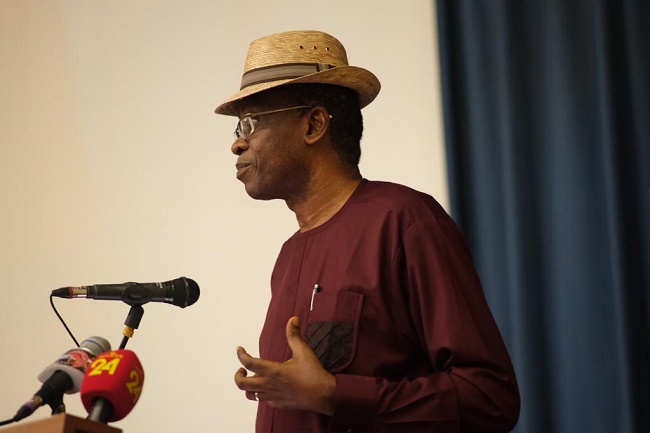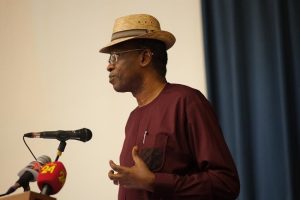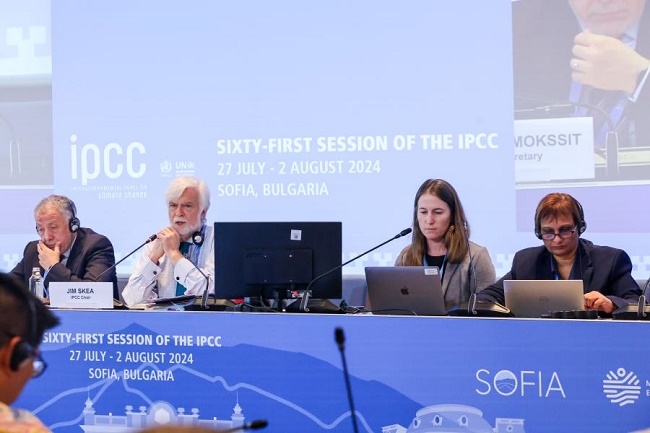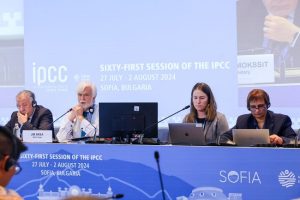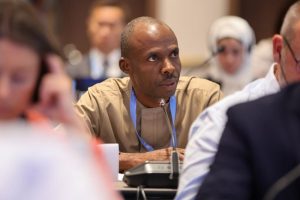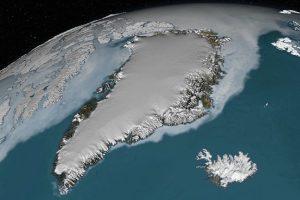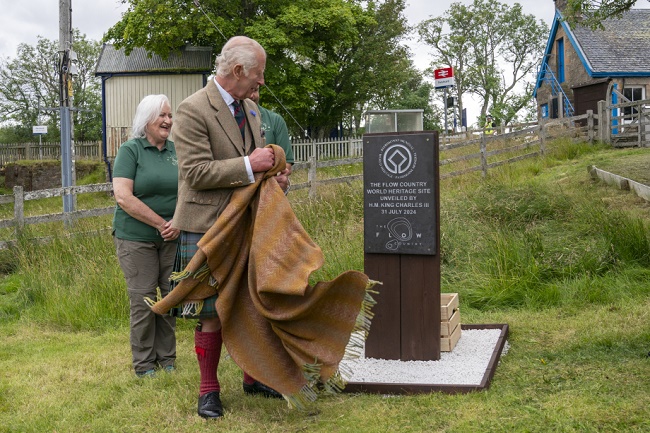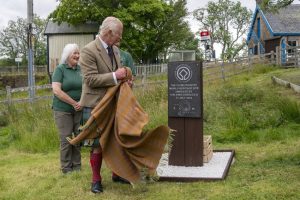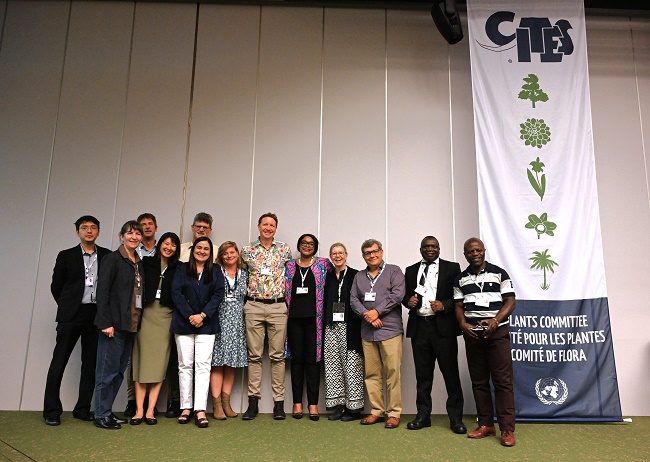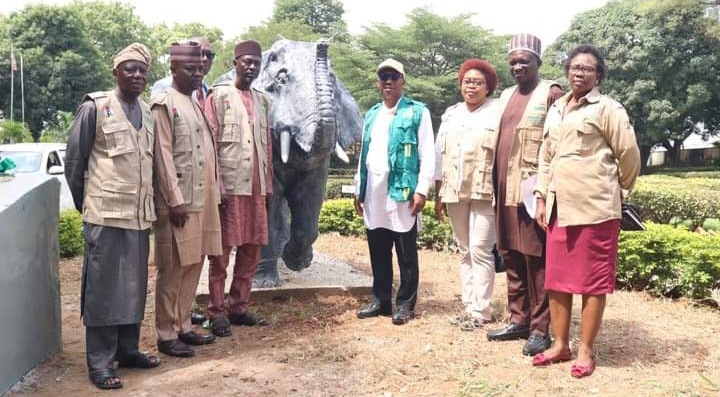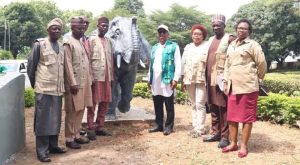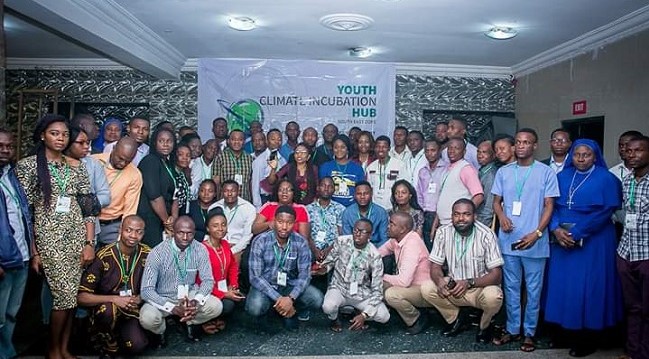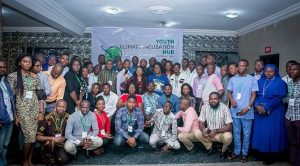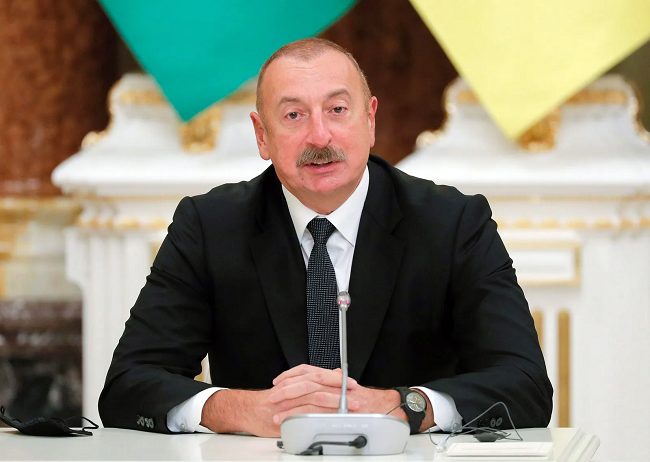The African Development Bank (AfDB) has signed a $20 million equity investment in the African Infrastructure Investment Fund 4 (AIIF4).

The AfDB, in a statement, said the deal, signed on July 31, 2024, was to reinforce the Bank’s commitment to fostering private sector development and boosting infrastructure across the continent.
The statement said that the investment, approved by AfDB Group’s Board of Directors on June 19, would be financed from the Bank’s ordinary capital resources designated for private sector operations.
According to the statement, Africa’s infrastructure sector remains a significant investment opportunity, driven by substantial demand deficits and a scarcity of capital.
With rapid urbanisation and increasing local purchasing power, the continent requires between $130 and $170 billion annually, in infrastructure spending.
There is currently a substantial yearly financing gap of $68 to $108 billion, on the continent.
“AIIF4, with a 13-year term and a five-year investment period, has completed its first closing at $230 million, attracting international investors.
“To date, the Fund has raised more than the $500 million target, with the final close expected to be concluded in Q3 2024.
“The fund is projected to deliver significant development outcomes, particularly in private sector growth and household income improvement,” it said.
According to the statement, the Bank assesses the likelihood of achieving these outcomes on time as High.
It said the investment complemented the Bank’s “High 5” operational priorities, along with its 10-year Strategy (2024-2033), relating to accelerating and scaling up its operations.
It said the fund pipeline, also aligned with the Private Sector Development Strategy (2021-2025), the Climate Change and Green Growth Framework, and the Strategy for addressing Fragility and Building Resilience (2022-2026).
The statement quoted Mike Salawou, the bank’s Director for Infrastructure, Cities and Urban Development, as expressing AfDB’s commitment to infrastructure development on the continent.
“The bank is reinforcing its commitment and support to developing infrastructure in Africa to private sector participation.
“This is done by providing this scarce private equity investment to African Infrastructure Investment Managers (AIIM) to bridge the infrastructure financing gap in Africa.
“Therefore, our confidence in AIIM as a fund manager is renewed and strong, given its proven expertise and track record in driving impactful investments,” Salawou said.
The AIIM has transacted and identified a robust pipeline of investment opportunities in renewable energy, digital infrastructure, and ports and logistics assets in South Africa, Kenya, and Morocco.
They are also actively screening deals in Egypt, Côte d’Ivoire and Senegal, among others.
The AIIF4 investment underscores the increasing role of private equity in addressing Africa’s infrastructure needs and highlights the continent’s potential for sustainable economic growth.
By Lucy Ogalue


